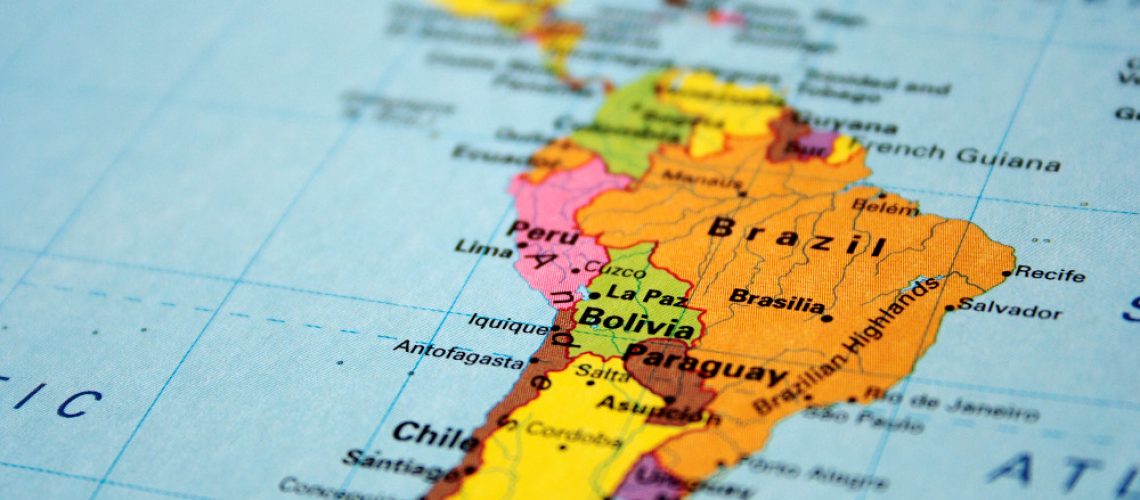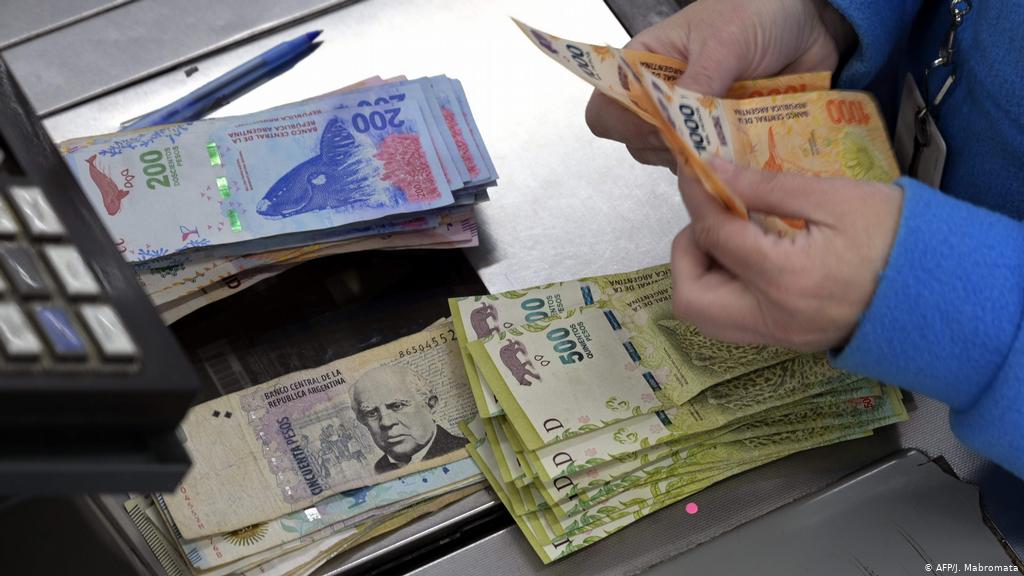RIO DE JANEIRO, BRAZIL – The pandemic will have devastating effects on the Latin American economy. The bloc’s GDP will plummet this year by 9.1 percent (the worst rate since records began 120 years ago), unemployment will rise to 13.5 percent, poverty will reach 37.7 percent of the population (seven points higher), and inequality will continue to grow in what is already the world’s most unequal region.
The blow will be so severe that by the end of the year, per capita GDP will fall back to the level of a decade ago and the poverty rate will return to the 2006 level. In short, the balance report presented on Tuesday by the United Nations Agency for the Development of Latin America and the Caribbean (ECLAC), shows that the continent is heading toward losing, in only one year, “a decade in economic terms and almost a decade and a half in social terms”.
The region’s per capita GDP, an indicator of a population’s material well-being, will drop even further: up to 9.9 percent, a level unseen since 2010. By sub-regions, the highest drop in per capita income will occur in South America (9.4 percent), followed by Central America and Mexico (8.4 percent). And the depth of the drop in April and May, the harshest months of the different quarantines, “suggests that the reactivation of growth will be slower than expected.” The investment dynamic is not exactly a good omen: it is suffering a “significant drop” after a gloomy second quarter, notes the agency headed by Alicia Bárcena.

Latin America is “undoubtedly” facing the “greatest economic and social crisis the region has suffered in several decades, emphasizing the structural weaknesses of its economies,” alert the ECLAC experts based in Santiago, Chile. These weaknesses have limited the potential to address the health crisis in countries that suffer from poor and unequal health systems, high labor informality – which exacerbates a blow like that of the coronavirus – and slim social protection systems. Consequently, ECLAC economists recommend that governments set aside the adjustment strategies that have guided official policies in recent years and invest in expansive fiscal and monetary plans, more than those already approved in recent months.
As a result, the drop in supply and demand could be partially offset in a context of low productivity and stagnant or negative growth, says the UN agency. The problem is that, despite the introduction of new monetary revenues – purchases of public and private debt, the so-called QE (quantitative easing), hitherto unprecedented in the region’s central bank primer – and fiscal revenues (Brazil is the emerging country that most drives the deficit, largely financed by the issuing institution, according to the Institute of International Finance’s most recent data), Latin America’s margin for action is remarkably lower than that of wealthy countries.
Economies in recession
Whether or not one step further is taken in policies, the future looks bleak. Latin American economies have reached the pandemic in difficulty, with the exception of a few cases. After a five-year period of minimal growth, in the first quarter this year GDP was already negative in nine of the region’s 20 countries; another eight showed a clear downward trend. The reason: the contraction of demand, both internal and external, with China, which at that time was in the middle of a crisis. The pandemic’s restrictions, with the consequent partial or total shutdown of the production of goods and services, greatly exacerbated this scenario.
Private consumption was by far the most impacted component of demand. “There has been an accelerated deterioration in household spending as a result of the compulsory confinement imposed by authorities in many countries, the voluntary social isolation of individuals and the suspension of many non-priority activities,” the ECLAC experts point out. Moreover, household incomes have dropped due to job losses.
Although partially offset by state aid programs – more modest than in other parts of the emerging and developed world – this decline threatens to slow the recovery more than would be expected after a typical recession: in an economy so dependent on consumption, less predisposition (and capacity) to spend today always means less growth tomorrow.
The development of the labor market “reinforces” the poor prospects for consumption: with clearly rising unemployment and a “recomposition of employment toward lower-quality jobs such as self-employment” in progress, average income has not ceased to deteriorate, darkening the horizon.

In parallel, the region has suffered a significant deterioration of its prospects abroad, both due to the drop in primary product prices – which remain its main source of foreign exchange as the promises of diversification were just that, mere promises – and the crisis in its main customers.
“In the context of deteriorating average terms of trade in the region, which will drop by 4.7 percent in 2020, the negative shock will be focused on hydrocarbon exporting economies, while food and metal exporters will be less affected,” warns ECLAC. Exports will decrease by 23 percent, while imports will fall by 25 percent due to declining activity and income. And the sub-region most affected will again be South America, where terms of trade will decline by nearly eight percent.
The good news is that, unlike other major past recessions, the economic crisis is not – so far – causing a domino effect on banks: a financial crisis seems, for the time being, to have been ruled out. And this is a significant point for hope in a region where the solvency of the financial sector has been, and continues to be, a major cause for concern.
Inflation, another historical scourge for Latin American countries, is also under control, except in Venezuela and Argentina, which have been failing since long before the term Covid-19 began to feature in the media.
Sharp drop in collections
The blow to public deficits, which will reach 8.4 percent in 2020, will come from two sides: public spending will grow while cash inflows falter: with the formal economy paralyzed or, at the very least, trapped for weeks, tax revenues have been clearly reduced. The debt of the region’s countries, which stood at 46 percent of GDP in late 2019, will close 2020 at over 55 percent. This is a tremendous effort that will need to be paid off in the future but will have served to prevent a total economic collapse.
If more could not be done, it is precisely because of the weakness of tax collection in a region that already collected much less in taxes than other comparable blocs. Had Latin America plugged this leak when it could have in recent years, its margin for action today – when it faces the “greatest fiscal challenge since the public debt crisis of the early 1980s” – would have been much greater.
“Total revenues in Latin America and the Caribbean have historically been insufficient to cover public spending, leading to a deficit in the management of fiscal accounts, with all the risks that this entails. And the last decade has not been an exception to this trend: the countries’ revenues have been unable to keep up with the growth in public spending,” highlights the ECLAC document.
“The challenge is not only to increase the tax pressure but to do it progressively so that the tax system will also contribute to reducing inequalities”. In 2018, the last year for which data are available, average tax revenues in Latin America and the Caribbean rose to 23 percent of GDP, compared to over 34 percent for the contries in the Organization for Cooperation and Development (OECD).
Source: El País

